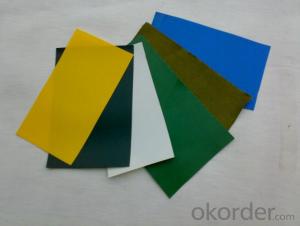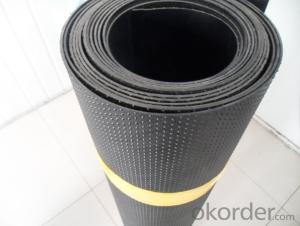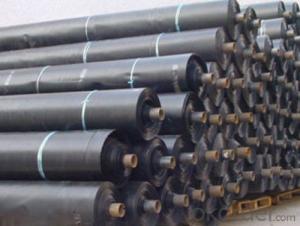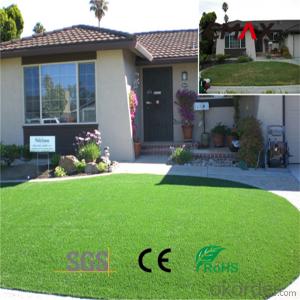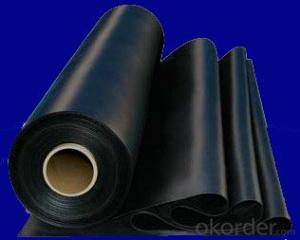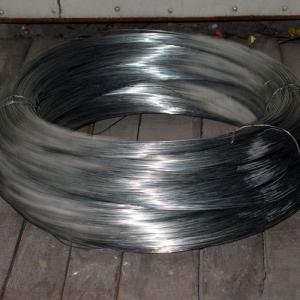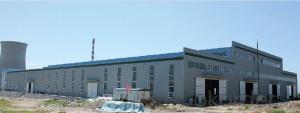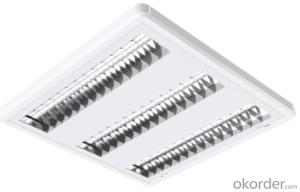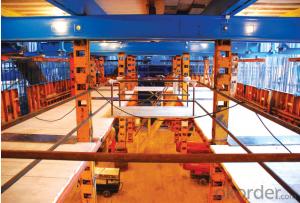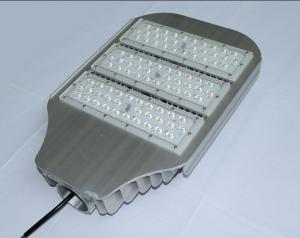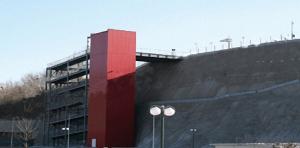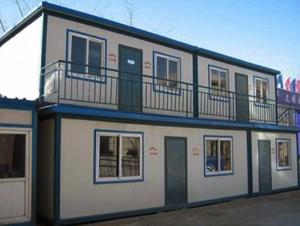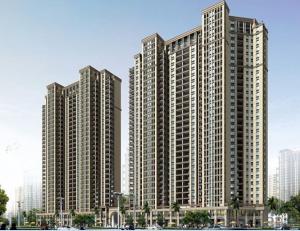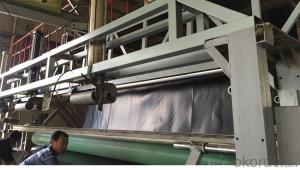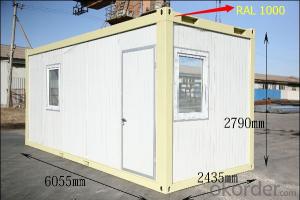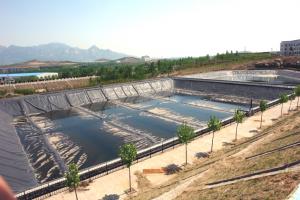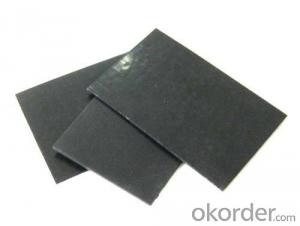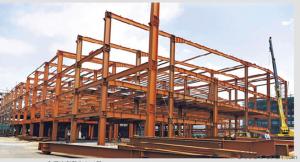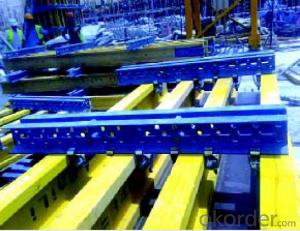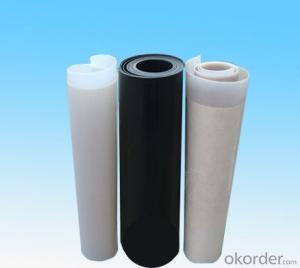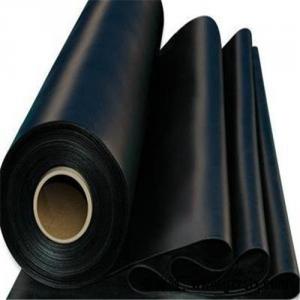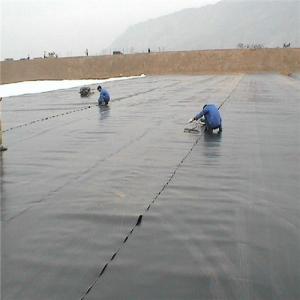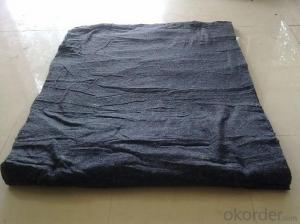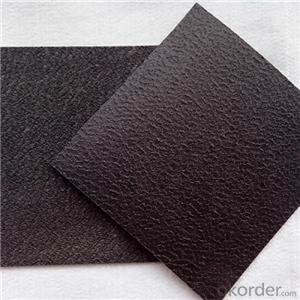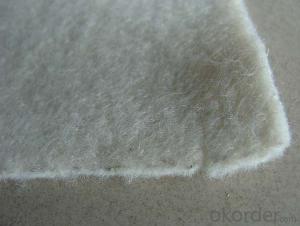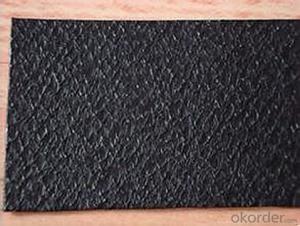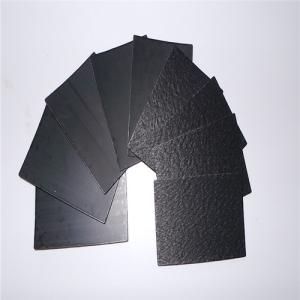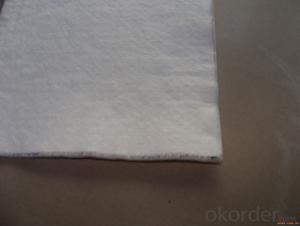Geomembrane Cost
Geomembrane Cost Related Searches
Blu Ray Player With Internet Geomembrane In Pakistan 30 Mil Pvc Geomembrane Pvc Geomembrane Specifications Pvc Geomembrane Geomembrane Machine Plastic Geomembrane Nonwoven Wallpaper Geomembrane Material Geomembrane FabricHot Searches
Geomembrane For Sale China Pvc Geomembrane China Geomembrane Roll Sheet Hdpe Geomembrane Sheet Price Hdpe Geomembrane China China Geomembrane Geomembrane China Hdpe Geomembrane Price Geomembrane Price Wholesale Hdpe Geomembrane Roll Geomembrane Factory Wholesale Liner Hdpe Geomembrane Wholesale Geomembrane Hdpe Wholesale Hdpe Geomembrane Geomembrane Market Size Wholesale Hdpe Geomembrana Wholesale Liner Geomembrane Geomembrane Liner Supplier Wholesale Geomembrane China Pvc GeomembraneGeomembrane Cost Supplier & Manufacturer from China
Okorder.com is a professional Geomembrane Cost supplier & manufacturer, offers integrated one-stop services including real-time quoting and online cargo tracking. We are funded by CNBM Group, a Fortune 500 enterprise and the largest Geomembrane Cost firm in China.Hot Products
FAQ
- Geomembranes are a modern alternative to traditional clay liners and offer several advantages. Unlike clay liners, geomembranes are made from synthetic materials like HDPE or PVC, making them more consistent in terms of quality and performance. Geomembranes are also easier to install and maintain, and they have a higher resistance to chemical degradation and puncture. Furthermore, geomembranes can provide a more effective barrier against seepage and leakage, reducing the risk of environmental contamination. Overall, geomembranes offer superior performance, durability, and convenience compared to traditional clay liners.
- Yes, geomembranes can be used for landfill capping systems. Geomembranes are impermeable liners made of synthetic materials that can effectively prevent the leakage of liquids and gases from landfills. They are commonly used as a part of landfill capping systems to create a barrier between the waste and the environment, minimizing the risk of contamination and protecting the underlying soil and groundwater.
- The installation guidelines for geomembranes in canal linings typically involve several steps. Firstly, the canal bed should be properly prepared by removing any debris or vegetation, and ensuring a smooth and compacted surface. Next, a layer of geotextile fabric may be placed on top of the canal bed to provide additional protection and prevent punctures. The geomembrane is then carefully unrolled and positioned over the geotextile fabric, ensuring it covers the entire canal surface. The geomembrane is typically secured using mechanical or adhesive methods, such as anchor trenching or welding. Special attention should be given to sealing joints and seams to prevent leakage. Finally, the geomembrane is typically covered with a protective layer, such as soil or concrete, to provide additional stability and protection against UV radiation. It is important to follow manufacturer's guidelines and specifications during the installation process to ensure a successful and long-lasting canal lining.
- nan
- Small automatic laminating machine is due to the heat roller lamination, upper and lower into the membrane, increasing the heating time of the predeposited membrane, and heat balance, so cover out of the membrane, and smooth, bright, membrane effect and high grade film coating machines. Due to the heating power of this kind of small laminating machine is only 500-1000W. Although the temperature is adjustable but the speed is fixed. It can be 1 meter from the film every minute. At present, the market prospect of this type of film laminating machine is very good, a lot of the original is only their own customers to start with this kind of film laminating machine sales, and sales volumn are good.
- nan
- A, The laying of HDPE geomembrane. 1. Corresponding qualified check and acceptance documents are needed before paving HDPE geomembrane. 2. Before cutting HDPE film, accurately measure its relavant size, and then cut according to reality. It is not suitable to cut according to icon size. It should be numbered by sheet and recorded in detail on the special form. 3. There should be minimum welding line during paving HDPE geomembrane. Save raw material as much as possible on the premise of quality assurance. At the same time, it is easy to ensure quality. 4. The lap?width of seam among films is usually not smaller than 10cm. Make orientation of welding line parallel to maximum gradient, namely, arrange along the gradient direction. 5. The seaming length should be shortened at corner and deformed section. Except special requirements, gradient is over 1: Except special requirements, gradient is over 1: Except special requirements, gradient is over 1: Except special requirements, gradient is over 1:
- Yes, geomembranes can indeed be used for reservoir lining. Geomembranes are impermeable materials that are designed to control fluid and gas migration. Their excellent resistance to ultraviolet radiation, chemicals, and physical stress make them an ideal choice for lining reservoirs to prevent leakage and contamination of the surrounding environment.
- nan
- Difference between tempered glass color film and other phone protective film: Tempered glass is actually a prestressed glass, to raise the glass strength, usually using chemical or physical methods, to form compressive stress on the glass surface. When glass is under external force, first it will offset surface stress, so tempered glass improve the bearing capacity and enhance the wind load resistance, cold and heat resistance, and impact strength of glass. Other mobile phone protective films are generally composied of silica gel, PET and other material. Silica gel is absorption layer, PET is interlayer, and the outer layer is the special processed layer. Special process layer is generally divided into two types: AG treatment and HC treatment.
- nan
- Geogrids are important geosynthetics. They are special in performance and function when compared with other geosynthetics. Geogrids are often used as tendon materials of reinforced soil structures or other composite materials. Geogrids can be divided into four categories, namely plastic geogrid, steel geogrid, glass fiber geogrid and polyester warp knitting dacron geogrid.










